Mobile vs In-Shop: Weighing Vehicle Frame Inspection Benefits

Mobile vehicle frame inspection offers convenience, saving time and effort by bringing auto body sho…….
Vehicle frame inspection is a critical process that involves the meticulous examination of a vehicle’s structural framework, ensuring its safety, integrity, and compliance with regulatory standards. This article aims to delve into the intricacies of this essential practice, offering readers a comprehensive understanding of its purpose, methods, global impact, and future potential. By exploring various facets, from technological advancements to policy frameworks, we will uncover how vehicle frame inspection plays a pivotal role in shaping the automotive industry and road safety worldwide.
Definition:
Vehicle frame inspection is a systematic evaluation of a car’s or truck’s frame, which serves as its backbone and supports various components like body panels, chassis, and suspension systems. It involves a detailed analysis of the frame’s structural integrity, identifying any defects, damage, or deviations from manufacturing specifications.
Core Components:
Historical Context:
The practice of vehicle frame inspection has evolved significantly over the years, driven by increasing safety standards and technological advancements. Initially, inspections were more qualitative, relying on manual checks and visual assessments. However, with the advent of advanced materials, complex designs, and higher safety regulations, the need for more sophisticated inspection methods became apparent. Today, a combination of traditional and modern techniques ensures that vehicles meet stringent safety criteria before they hit the road.
Vehicle frame inspection has become a globally adopted practice, with every region implementing its own variations to cater to local needs and standards.
| Region | Regulatory Body | Inspection Frequency | Key Standards |
|---|---|---|---|
| North America | National Highway Traffic Safety Administration (NHTSA) | During Vehicle Emission Testing | Federal Motor Vehicle Safety Standards (FMVSS) |
| Europe | European Union (EU) | At Regular Service Intervals | European New Car Assessment Program (Euro NCAP) |
| Asia-Pacific | Various Local Authorities | Annual or as Required | Japan: JASO, China: GB/T, India: AIS |
| Middle East | Gulf Cooperation Council (GCC) | During Vehicle Registration | GCC Safety Standards |
Trends Shaping the Industry:
The economic implications of vehicle frame inspection are multifaceted, impacting both the automotive industry and consumers.
Market Dynamics:
Investment Patterns:
Economic Impact on Consumers:
Technological innovations have played a pivotal role in enhancing the efficiency, accuracy, and depth of vehicle frame inspection.
Key Advancements:
Future Potential:
Government agencies and regulatory bodies play a crucial role in establishing standards and guidelines for vehicle frame inspection, ensuring safety and consumer protection.
Key Policies and Frameworks:
Influence on Industry Practices:
Despite its critical importance, vehicle frame inspection faces several challenges and criticisms that require thoughtful solutions.
Main Challenges:
Proposed Solutions:
Case Study 1: Japan’s Rigorous Safety Culture
Japan is renowned for its stringent safety standards, including rigorous frame inspections. The country’s automotive industry consistently tops global safety ratings. Japanese manufacturers incorporate advanced materials and sophisticated design techniques, making frame inspection a critical quality control measure. Regular collaboration between manufacturers, regulators, and independent testing facilities ensures continuous improvement in safety standards.
Lessons Learned:
Case Study 2: Europe’s Comprehensive Inspection Framework
The European Union has implemented a comprehensive vehicle inspection program, with regular checks at service centers and during annual roadworthiness tests. This system emphasizes proactive maintenance and ensures vehicles meet strict safety criteria. The EU’s Euro NCAP program sets benchmark standards for new car safety, encouraging manufacturers to design safer vehicles from the outset.
Key Takeaways:
Case Study 3: Emerging Markets’ Adaption to Advanced Technologies
Developing countries, such as India and Brazil, are rapidly adopting advanced frame inspection technologies due to increasing vehicle ownership and stricter safety regulations. Local manufacturers are collaborating with international partners to introduce sophisticated inspection equipment and train local technicians. This effort aims to raise safety standards while keeping costs accessible for a growing middle class.
Strategic Considerations:
The future of vehicle frame inspection is poised for significant growth and transformation, driven by technological advancements and evolving global standards.
Potential Growth Areas:
Emerging Trends:
Strategic Considerations:
Vehicle frame inspection is a dynamic field that continues to evolve with technological advancements, global standards, and safety initiatives. From its foundational components to cutting-edge technologies, every aspect contributes to ensuring safer vehicles on our roads. As we look ahead, the industry stands at the cusp of significant growth, driven by autonomous vehicles, electric mobility, and digital transformation.
By addressing challenges, embracing technological advancements, and fostering international collaboration, vehicle frame inspection can play a pivotal role in shaping the future of automotive safety worldwide. This article has provided a comprehensive overview, serving as a valuable resource for stakeholders across the industry, from regulators and manufacturers to service providers and consumers.
Q: How often should a vehicle’s frame be inspected?
A: The frequency of frame inspections varies depending on regional regulations, vehicle age, and usage patterns. As a general guideline, annual or bi-annual inspections are recommended for most vehicles to ensure ongoing safety and structural integrity.
Q: Can advanced technologies completely replace manual inspections?
A: While advanced technologies significantly enhance the efficiency and accuracy of frame inspections, they are unlikely to entirely replace manual checks in the near future. Human expertise remains crucial for complex assessments, especially when dealing with unusual vehicle types or damage patterns.
Q: Are there any global standards for vehicle frame inspection?
A: Yes, various international organizations publish guidelines and standards for vehicle frame inspection. The NHTSA, EU, and regional bodies like the Japan Automotive Standards Committee (JASO) are among those setting mandatory safety criteria for frames. International collaborations strive for greater harmonization to facilitate global vehicle trade.
Q: How do I know if a repair shop is qualified to perform frame inspections?
A: Look for certifications and accreditations displayed by the repair shop. Reputable shops will have trained and certified inspectors on staff. Additionally, checking with local regulatory bodies or industry associations can provide assurance regarding their compliance with inspection standards.
Q: Can vehicle frame inspection predict future maintenance needs?
A: While current technologies enable advanced fault detection, predicting specific maintenance needs based solely on frame inspections is limited. However, combining frame data with sensor information from other vehicle systems may offer more comprehensive predictive maintenance capabilities in the future.

Mobile vehicle frame inspection offers convenience, saving time and effort by bringing auto body sho…….
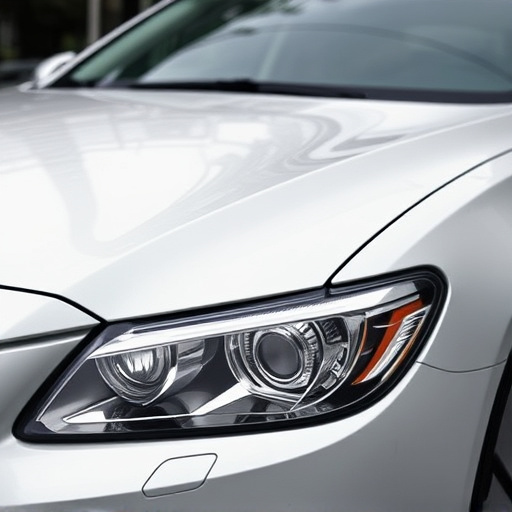
Regular vehicle frame inspections (every 6 months to a year) by professionals are crucial for safety…….
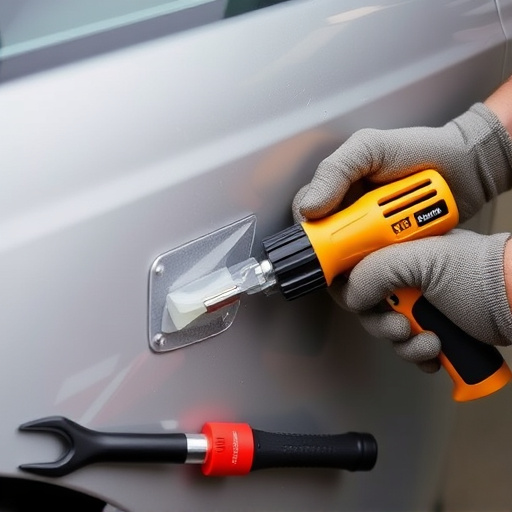
A thorough vehicle frame inspection after an accident is critical for safety and structural integrit…….
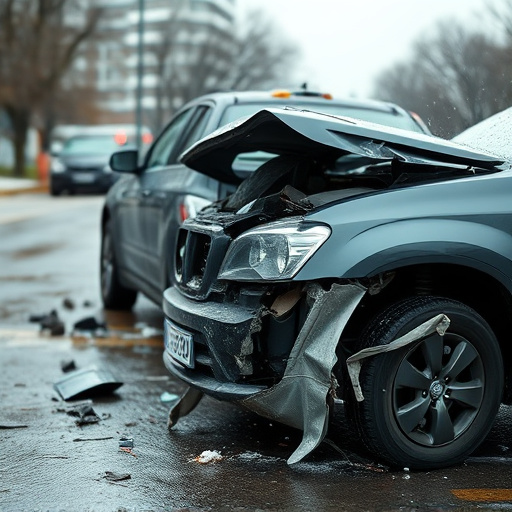
Vehicle frame inspection is a critical service for body shops, requiring specialized tools and train…….

By 2025, vehicle frame inspection technologies will be significantly advanced due to digitalization,…….
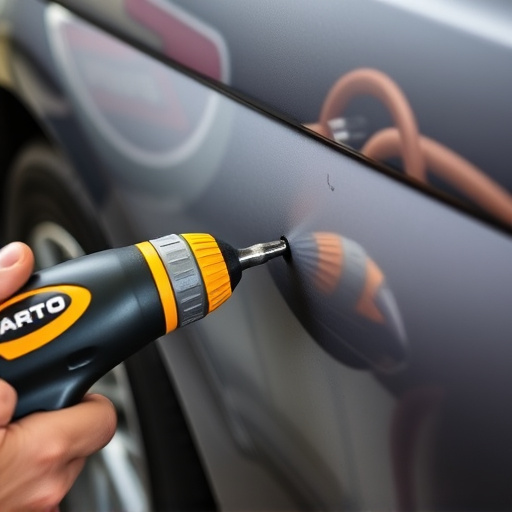
Global laws mandate vehicle frame inspections before sale or registration, focusing on public safety…….
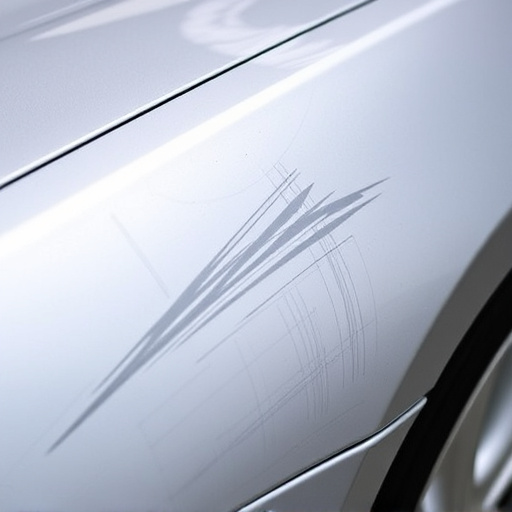
Car owners often overlook hidden frame damage, believing visible issues are the sole concern. Expert…….
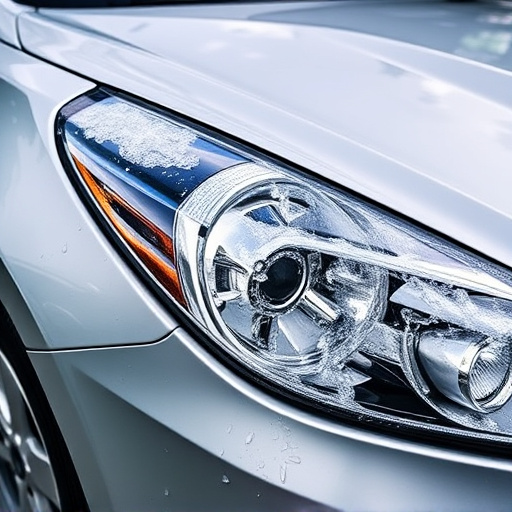
Misaligned vehicle frames from manufacturing defects or poor maintenance pose safety risks and impac…….
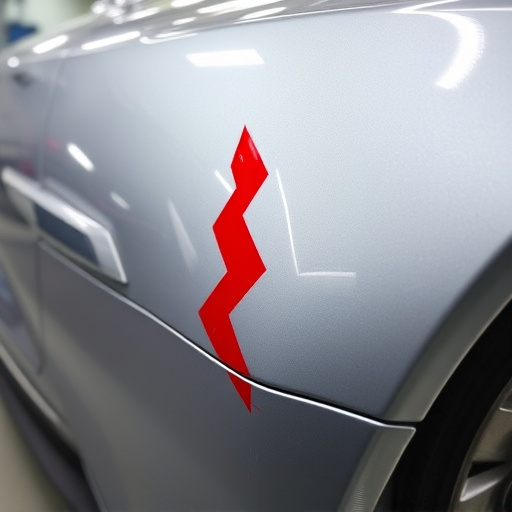
A vehicle frame inspection identifies structural weaknesses caused by moisture, accidents, and wear……..
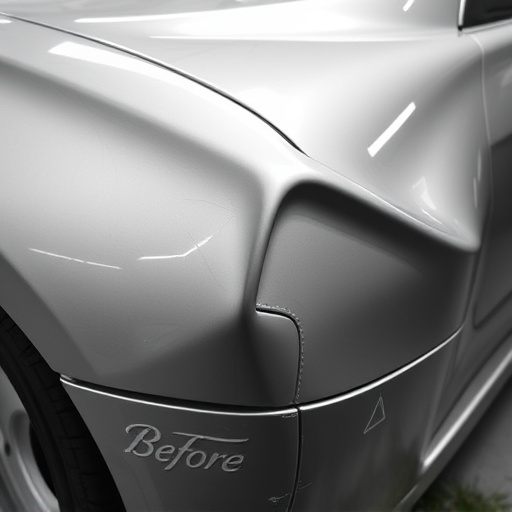
State laws vary widely in regulations for vehicle frame inspection, requiring certified technicians…….